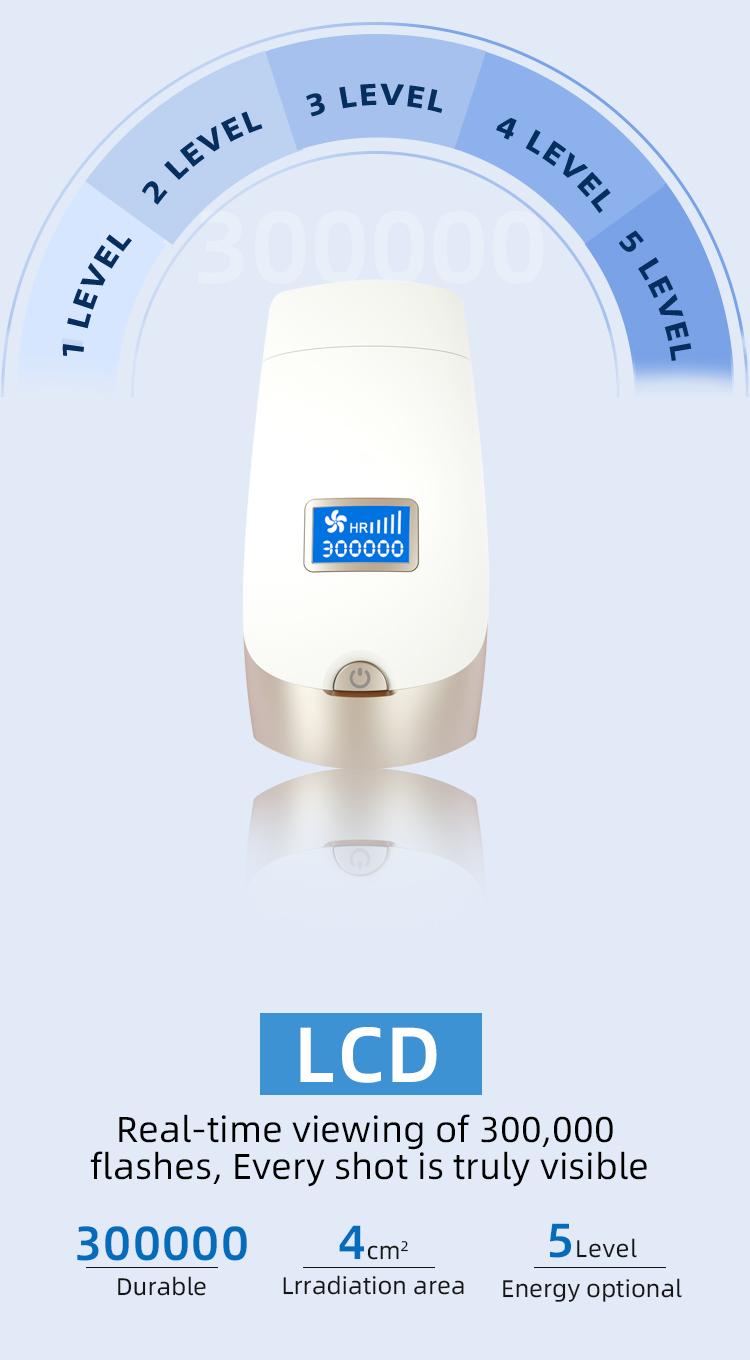An itchy mole is usually caused by something harmless, such as a new skincare product or detergent. However, in some cases, a mole that becomes itchy can be a sign of skin cancer, especially if the mole has changed in other ways as well.
This article will go over what can cause itchy moles. You'll also learn to assess whether a mole could be melanoma skin cancer. Best Short Throw Projector

Moles arise from cells in the skin called melanocytes . These cells are also responsible for skin and hair color and the darkening of the skin with sun exposure (a suntan).
Most moles (nevi ) typically appear before you reach your 20s, and some are present at birth. Congenital nevi, those present at birth, are more likely to develop into melanoma.
Reproduced with permission from © DermNet and © Waikato District Health Boardwww.dermnetnz.org 2023.
Moles are extremely common. The vast majority of moles do not turn into skin cancer. When they do, itching can be one of the symptoms.
Most of the time, however, itchiness isn't the only change you'll notice in a cancerous mole. Typically, suspicious moles have changed in size, shape, and/or color over a period of time.
Still, if the itchiness persists, even if there are no other changes, or can't be explained by other causes, it's a good idea to have it evaluated by your healthcare provider.
The ABCDE rule can help you determine if changes in a mole indicate a possible melanoma. These characteristics include:
Itching, bleeding, or oozing from a mole is a cause for concern, as is any mole area that looks like a scrape but isn't healing in a reasonable amount of time. Sometimes, a new or odd sensation in the region near a mole can be an early symptom of melanoma.
It's normal for moles to change during puberty and pregnancy. Changes at other times in life should be carefully observed and brought to the attention of a healthcare provider.
It can be hard to tell the difference between melanoma and normal moles. Photos of moles and melanomas show just how tricky this can be.
A healthcare provider who specializes in dermatology (skin conditions) can determine whether your mole needs to be biopsied. With a biopsy, a small piece of the mole is removed and examined under a microscope to see if there are cancerous cells.
Get our printable guide for your next healthcare provider's appointment to help you ask the right questions.
Sign up for our Health Tip of the Day newsletter, and receive daily tips that will help you live your healthiest life.
Thank you, {{form.email}}, for signing up.
There was an error. Please try again.
There are several reasons why a mole could become itchy. The irritation could also be caused by:
If you notice new itchiness in a mole, think about what you might be doing differently that could explain this symptom.
Some people have a large number of moles. Some may only have a few. Moles tend to run in families, so if your parents have moles, you are likelier to have them.
The science remains unclear on why some moles will develop into cancer while others do not. Risk factors include:
Changes in genes, or mutations, have only been implicated in around 1% of melanomas. Still, studies suggest that more than half of a person's risk of melanoma is related to genetic factors.
Melanomas account for around 1% of skin cancers. While rare, they are responsible for most skin cancer deaths.
The National Cancer Institute (NCI), the University of Pennsylvania, and the University of California, San Francisco, designed a tool as an aid for healthcare providers to identify people who have a higher risk of melanoma.
Your healthcare provider can use this interactive tool to estimate your risk of developing melanoma and let you know how often you should be screened.
Factors included in this assessment tool include:
The chance of a cure for melanoma is vastly greater when the cancer is found in the early stages of the disease.
Many people have moles, which begin in skin cells called melanocytes. Some of these moles, called congenital nevi, are present at birth. They also tend to run in families. When both factors are present, the risk of developing melanoma increases.
Sometimes an itchy mole can be a sign of melanoma, but it's more likely that the itchiness is caused by a new skincare product, sunscreen, or detergent.
It's essential to have an abnormal or itchy mole checked by a healthcare provider who specializes in dermatology. They can spot changes that are cause for concern. This includes changes in symmetry, color, shape, size, height, and borders of the mole.
It could be, but there are several more common reasons why a mole or the surrounding skin might be itchy, such as dry skin or irritating skin products. Possible signs of cancer include asymmetrical borders, having more than one color, large size, and the formation of a sore that scabs but doesn’t heal.
No. Don’t try to remove a mole yourself. Cutting it off can lead to an infection. Have your dermatologist remove it if it’s irritating, worrisome, or you don’t like it. Your healthcare provider can also check to see if it is something more severe than a blemish.
Children's Hospital of Philadelphia. Congenital nevus (mole).
Skin Cancer Foundation. Melanoma warning signs.
Daniel Jensen J, Elewski BE. The ABCDEF rule: Combining the "abcde rule" and the "ugly duckling sign" in an effort to improve patient self-screening examinations. J Clin Aesthet Dermatol. 2015;8(2):15. PMID:25741397
Vora RV, Gupta R, Mehta MJ, Chaudhari AH, Pilani AP, Patel N. Pregnancy and skin.J Family Med Prim Care.2014 Oct-Dec;3(4):318-24.doi:10.4103/2249-4863.148099
Anderson S, Meade B. Potential health effects associated with dermal exposure to occupational chemicals. Env Health Insights. 2014;8(Suppl 1):51-62. doi:10.4137/EHI.S15258
U.S. National Library of Medicine Genetics Home Reference. Are moles determined by genetics?
Linares MA, Zakaria A, Nizran P. Skin cancer. Prim Care. 2015;42(4):645-659. doi:10.1016/j.pop.2015.07.006
American Cancer Society. Key statistics for melanoma skin cancer.
National Cancer Institute. Genetics of skin cancer (PDQ) - health professional version.
National Cancer Institute. Melanoma risk assessment tool.
American Cancer Society. Can melanoma skin cancer be found early?
Moffitt Cancer Center. Is skin cancer itchy?
American Academy of Dermatology Association. When is a mole a problem?
American Cancer Society. How to spot skin cancer.
Canadian Cancer Society. Signs and symptoms of melanoma skin cancer.
By Brandi Jones, MSN-ED RN-BC Brandi is a nurse and the owner of Brandi Jones LLC. She specializes in health and wellness writing including blogs, articles, and education.
Thank you, {{form.email}}, for signing up.
There was an error. Please try again.

Rechargeable Battery Operated Fans By clicking “Accept All Cookies”, you agree to the storing of cookies on your device to enhance site navigation, analyze site usage, and assist in our marketing efforts.